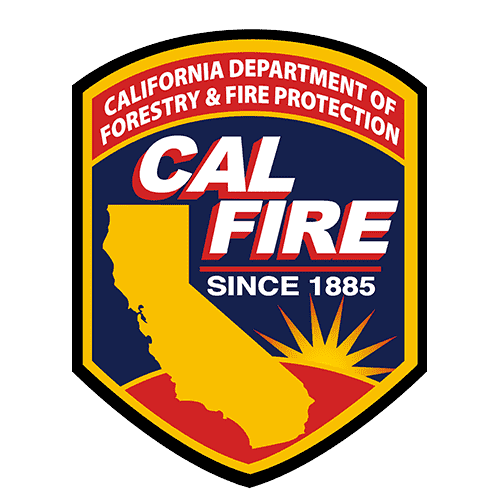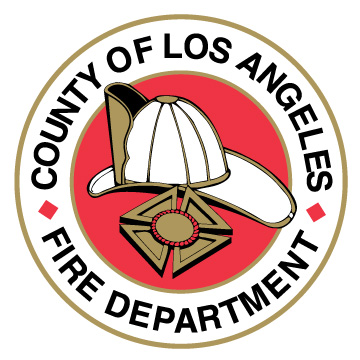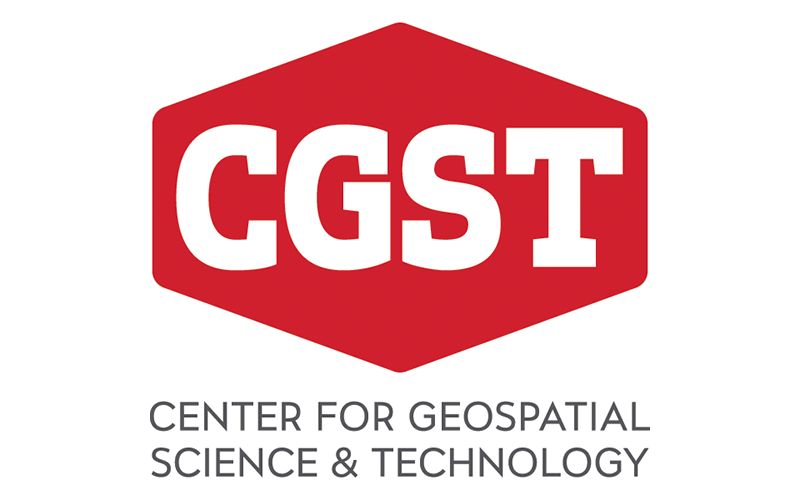Partners
Effective fire prevention involves strong relationships, coordination, and execution from multiple organizations.
We are proud to partner or work with the agencies and organizations listed below.

California Fire Safe Council
The California Fire Safe Council (CFSC), a California non-profit corporation, was first formed as a project of the California Department of Forestry and Fire Protection (CAL FIRE) in 1993. It brought together community leaders, governmental agencies, and corporations to provide education to the residents of California on the dangers of wildfires and how they could be prevented. Since 2004, the CFSC has provided more than 1200 grants totaling more than $118M in grant funding to help build a fire-resilient California. With the threat of wildfire looming ever-larger for many California communities, CFSC is redoubling its efforts to build strong local and countywide Fire Safe Councils, and lead efforts in community wildfire preparedness, education, and mitigation to build fire-adapted communities throughout California.
Click HERE to view the CFSC website.

National Fire Protection Association
In 2019, National Fire Protection Association (NFPA) started a pilot program, Sites of Excellence, designed to increase participation in active wildfire risk reduction through a focused approach.
The goals:
- To have 100% participation of homes within the designated pilot boundary
- To complete identified mitigation tasks within 30 feet of every home, based on recommendations from individual assessments.
This is accomplished by engaging with community members to increase the amount of meaningful risk reduction work being done to the structures and home ignition zone. At the end of the two year pilot these communities showed that big goals of a focused approach are achievable. There are now over 1,000 member Firewise Communities in more than 40 states.
Click HERE to view the NFPA website.

Resource Conservation District of the Santa Monica Mountains
The Mission of the Resource Conservation District of the Santa Monica Mountains (RCD) is to promote land stewardship and resource conservation through ecological research, conservation planning and design, habitat restoration and environmental education, while adhering to the highest standards of transparency and accountability as a public agency.
Click HERE to view the RCD website.

CAL FIRE
CAL FIRE integrates fire protection, natural resource management, and fire prevention under a single mission on behalf of the State and local communities. They strive to ensure the highest level of environmental protection in all their operations. We care about each other and our service to others, including cooperators, governing bodies, and the public. CAL FIRE builds and maintains cooperative relationships across the State and beyond to benefit the public they serve.
Click HERE to view the CAL FIRE website.
Click HERE to view the CAL FIRE Current Emergency Incidents page.

Los Angeles County Fire Department
The Los Angeles County Fire Department (LACoFD) provides firefighting and emergency medical services for the unincorporated parts of Los Angeles County, California, as well as 59 cities through contracting.
As of 2021, the department is responsible for just over 4 million residents spread out in over 1.2 million housing units across an area of 2,305 square miles. The department is commanded by Chief Anthony C. Marrone and has an annual budget of $1.4 Billion. According to Firehouse magazine, the LACoFD is the fourth busiest department in the United States, behind New York City Fire Department, Chicago Fire Department, and Los Angeles City Fire Department. The LACoFD has been featured several times in popular culture, including the 1970s NBC TV series Emergency! and the 1950s TV series Rescue 8.
In 2021, the department responded to 312,550 emergency medical responses and a total of 403,924 total responses.
The mission of the Los Angeles County Fire Department is to protect lives, the environment, and property by providing prompt, skillful, and cost-effective fire protection and life safety services.
The County of Los Angeles Fire Department has a very rich and unique history, which is full of innovation, and daring accomplishments. From designing the 911 system and initiating a paramedic program in the 1970s to the current day USAR and Homeland Security Sections, the fire department is a leader and a model to fire departments around the world. The Department’s ability to develop new techniques and equipment to fight fires of all kinds has benefited not only the residents they serve but the fire service in general, both nationally and internationally.
Click HERE to view the LACoFD website.

Center for Geospatial Science & Technology
The Center for Geospatial Science and Technology (CGST) is an interdisciplinary research center housed in the College of Social and Behavioral Sciences at California State University, Northridge (CSUN). CGST focuses on applications, education, and innovative solutions to real world problems using Geographic Information Systems (GIS).
Map HOA or Community Boundaries
CGST produces digital maps of HOA or Community boundaries to facilitate program management, outreach and engagement. If provided detailed descriptions (e.g. geographical extent, bounding streets, etc.)
Informational Web Maps Produce a dynamic and interactive web-based mapping application to host, visualize and disseminate key information that inform. The Web Map can be used by stakeholders for multiple purposes such as:
• Keeping stakeholders informed with data and information so they can better advocate for needs.
• Help prioritize locations for fuel-load reduction activities.
• Visualize defensible space using aerial imagery, topographic maps and other data layers.
• Perform analysis such as determining clearance zones around properties. Allow residents to easily determine geographic extents of immediate, intermediate and extended zones.
• Assess potential environmental impacts from proposed fuel-load reduction project if CEQA analysis is required.
Relevant layers of information include but are not limited to:
o Vegetation type
o HOAs and Communities
o Tree canopy
o Modeled fuel break treatment areas
o Building footprints
o Jurisdictional boundaries (e.g., cities, council districts, and neighborhood council districts)
o Land use/Land cover o Zoning
o Utility Service Areas
o Census/demographic data o Land parcels o Aerial Imagery
o Reference/background layers (e.g., topography, streets, etc.)
o LiDAR data
Click HERE to view the CGST website.